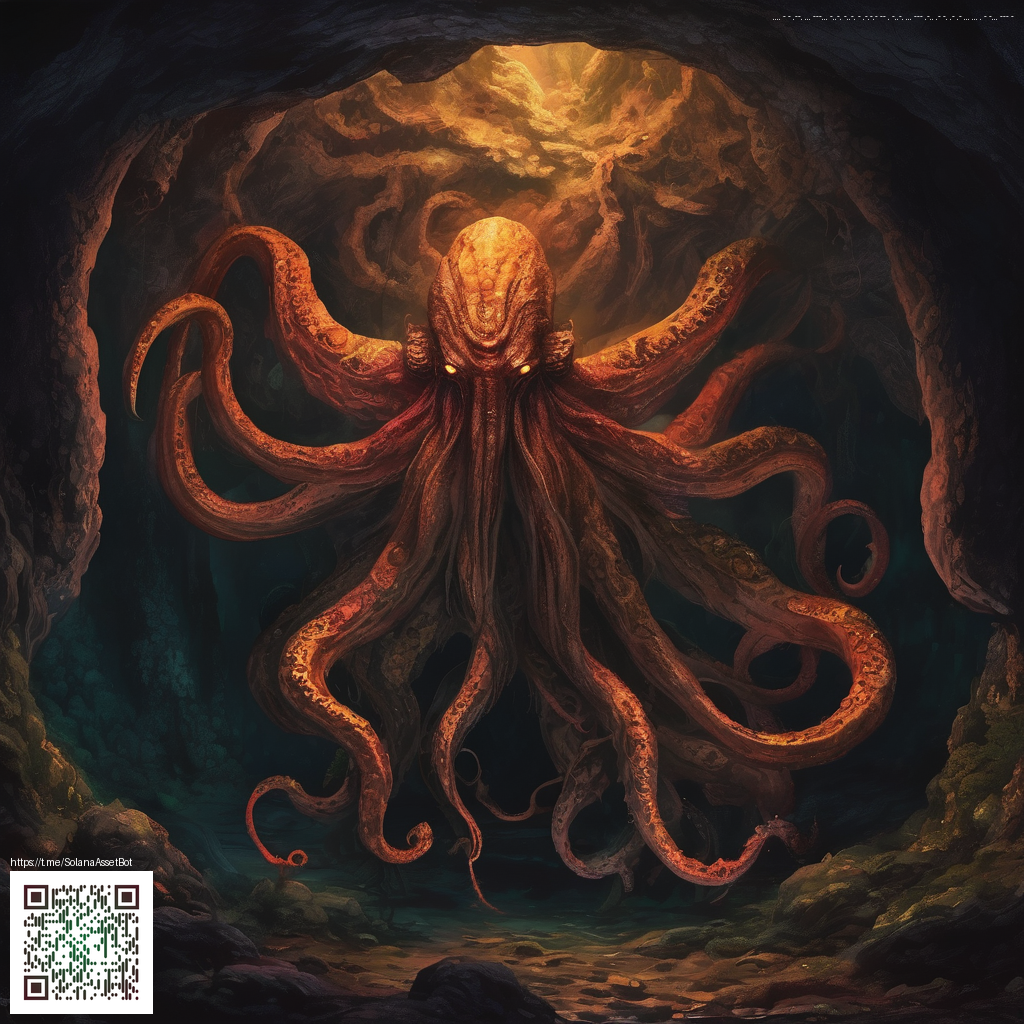
A decade later a look at Journey s enduring magic
ThatgameCompany s quiet classic began as a postcard of wonder and grew into a study on how players connect without a spoken word. Its blend of minimalism, fluid movement, and a shared path through a vast, shifting landscape still resonates with players who yearn for a moment of companionship that feels earned rather than assigned. A decade on, the game continues to invite new players to discover the same awe that greeted legions of early adopters, while offering veterans a chance to reevaluate the gentle mechanics that power its timeless appeal. 💠
Gameplay through a lens of analysis
At its core Journey folds a complex emotional signal into a compact package. The movement system emphasizes glide and careful footing over button mashing, turning traversal into a meditative puzzle. The scavenger hunt for glyphs and the gradual accumulation of scarf fabric become metronomes for a cooperative rhythm. Because encounters are anonymous and optional, players rely on nonverbal cues to complete shared objectives, which often leads to spontaneous moments of trust and cooperation that many modern multiplayer games struggle to recreate.
One defining design choice is the way progress is sculpted by teammless constraints. Two players can meet anywhere on the map, and the experience unfolds with a sense of mutual dependence, even when paths diverge or players disconnect. The lack of voice chat or explicit matchmaking reinforces a shared language built from brief glances, musical cues, and synchronized movements. This design breathes life into a social experiment that remains approachable for newcomers while offering depth for seasoned explorers who chase the subtle differences in each run.
Community heartbeat and player rituals
The community surrounding this title has always emphasized wonder, exploration, and aesthetic poetry. Fan art flourishes in galleries and social feeds, while speedrunners and completionists push for the most efficient routes through the desert without sacrificing the game s signature mood. Cosplay, soundtrack appreciation, and story interpretation threads demonstrate a vibrant ecosystem that treats the game as a shared canvas rather than a solitary ride. The result is a culture that celebrates patience, curiosity, and the quiet joy of helping another traveler reach the mountain.
In practice, players often report that the first few minutes of a session feel like stepping into a collaboration born of chance. Yet as the journey progresses, the bond tightens, and the experience morphs into a memory that outlives the moment itself. It is this memory mongering effect that keeps communities active long after the initial spark fades, inviting newcomers to participate in a ritual that feels both timeless and fresh.
Update coverage and platform notes
Across its lifecycle the game has seen ports and enhancements that broaden accessibility while preserving the core tempo. Platform updates improved performance on modern systems and offered refinements to visuals and audio fidelity without diluting the elegant simplicity at the heart of the experience. The team has emphasized that any evolution remains faithful to the original intent to foster shared moments rather than chase technical spectacle. The result is a product that scales gracefully from the first sunset to the thousandth run, always inviting another traveler to join the path.
Because the online component is a key ingredient, subsequent releases and ports have considered how players from different ecosystems can share a moment in the same world. The net effect is a timeless loop that remains as much a social experiment as a game, prompting ongoing discussions about design philosophy, accessibility options, and how to preserve the magic when the tech evolves.
Modding culture and fan creativity
Modding in this space tends to orbit around fan art, custom interpretations of the world, and community-driven lore projects rather than large scale engine changes. The sense of space and silence lends itself to introspective experimentation, from reimagined costumes to alternate soundscapes that explore what the journey feels like under different sonic textures. The result is a thriving underground of creators who push the boundaries of mood, offering new ways to experience the same path. For players, this means a continual stream of fresh perspectives while the original playthrough remains a shared baseline for comparison and discussion.
Developer commentary and design philosophy
ThatgameCompany has long championed experiences that foster connection over competition. The design ethos centers on crafting a moment of shared discovery where players learn to trust a partner they might never meet again. In conversations about the project s goals, the team highlights nonverbal communication and the visual language of movement as the primary tools for collaboration. The result is a title that rewards patience, empathy, and a willingness to let another traveler lead or follow as the moment requires. Even after a decade, that approach still feels ahead of its time, a reminder that games can be vessels for emotion as much as for skill.
Interested readers can explore related conversations and perspectives on game economies, art direction, and the ways indie titles shape community discourse through linked discussions. The following network pieces illuminate how design choices in strategy, art, and science intersect with player culture in surprising ways.
Donate to support a decentralized internet
Support the Decentralized Internet